Need help? Call us:
- Questions? Call us toll-free +1-800-520-5726
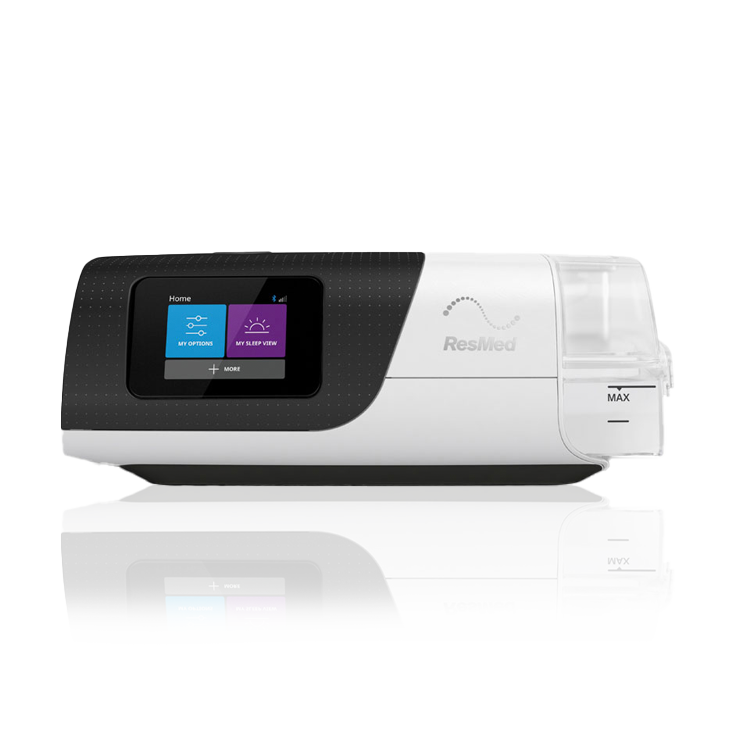
CPAP Masks Finder
Discover your perfect mask fit
- Portable Oxygen
- Home Oxygen
- Oxygen Accessories
- CPAP Machines
- CPAP Supplies
- CPAP Masks
- Mobility
- Bathroom Safety
- Pediatrics
- New Arrivals
The One Accessory Every Oxygen Patient NEEDS to Own!
The One Accessory Every Oxygen Patient NEEDS to Own!
For anyone who has been a patient in the hospital, they will be familiar with a nurse or respiratory therapist placing a clip-like device on a finger or earlobe. This small medical device is known as a pulse oximeter and it is used to measure the patient’s oxygen saturation (SpO2) levels and pulse rate. It monitors the percentage of hemoglobin — the protein in the blood — that is oxygen saturated.
Pulse oximetry uses the light absorptive characteristics of hemoglobin and the pulsating nature of the blood flow in the arteries to help determine the oxygenation status in the body.
{{cta(‘155910633031’)}}
There is a color difference between arterial hemoglobin that is saturated with oxygen: it is bright red. Venous hemoglobin — blood present in the veins — does not have oxygen and is darker.
Then, with each heartbeat, there is slight increase in the volume of blood flowing through the arteries. Because of this small increase in blood volume, there is an associated increase in oxygen-rich hemoglobin. This in turn represents the maximum of oxygen-rich hemoglobin that is flowing through the blood vessels.
Oxygen saturation levels should be 95 to 99 percent, although it will be lower in those patients with long-term respiratory diseases or cyanotic congenital heart disease.
Reasons for pulse oximeters
Pulse oximeters are used across a range of medical conditions. These include chronic obstructive pulmonary disease (COPD), heart attacks, congestive heart failure, asthma, pneumonia, anemia, and lung cancer. It also is used for the adjustment of supplemental oxygen when needed, checking the effectiveness of lung medications, and a patient’s tolerance to increased activity levels.
Pulse oximeters for oxygen therapy patients
Oxygen therapy patients have numerous pieces of equipment, including their oxygen concentrators, tanks, bottles, or liquid oxygen containers. However, the pulse oximeter has become a must-have item. They are inexpensive to own when purchased from a reputable supplier, depending on the features desired. They can cost as little as around $20 for a basic unit to as much as $150 for a computer-aided model, so there is a price point for everyone.
Why is this device so important to own?
There are a number of reasons that patients should own them. They can check to see if they are getting enough oxygen at various times throughout the day such as when they wake up, after exercise, at rest, after exerting themselves, and when they have shortness of breath. Patients with COPD can use them to detect for any exacerbation of their condition.
{{cta(‘155910633392’)}}
For those with a portable oxygen concentrator, pulse oximeters can be used to determine if their unit is supplying them with enough oxygen. Many patients don’t necessarily feel the oxygen going into their noses. By using the pulse oximeter, they can see that they are getting enough oxygen even though they don’t feel it when inhaling.
For today’s patients, pulse oximeters are easy-to-use, affordable, and a must-have accessory in their treatment regimen.
{{cta(‘8093c042-7f82-43ec-889a-ca6b34132faf’,’justifycenter’)}}


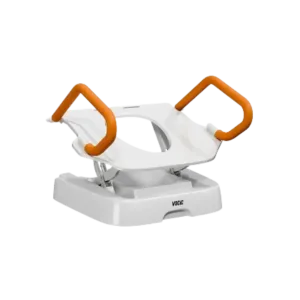
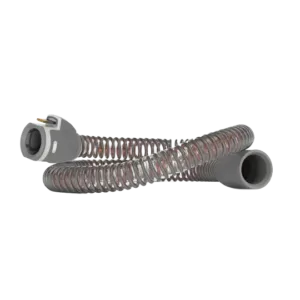
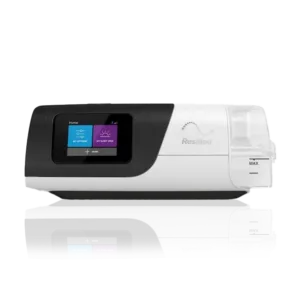
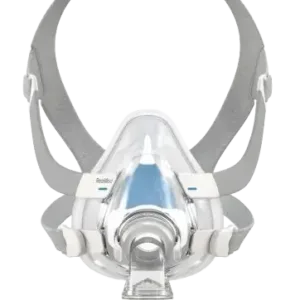
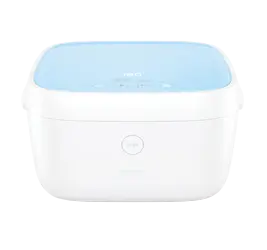

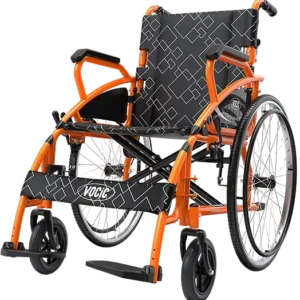
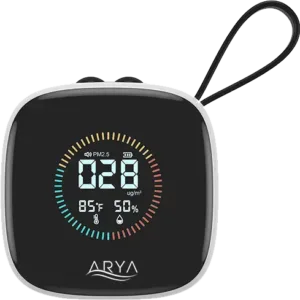
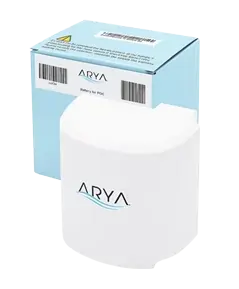
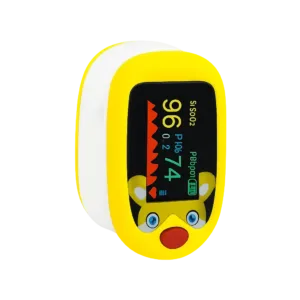
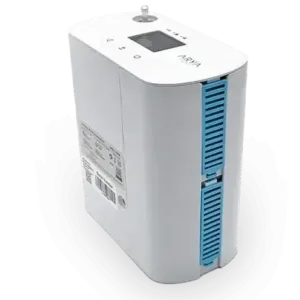



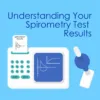


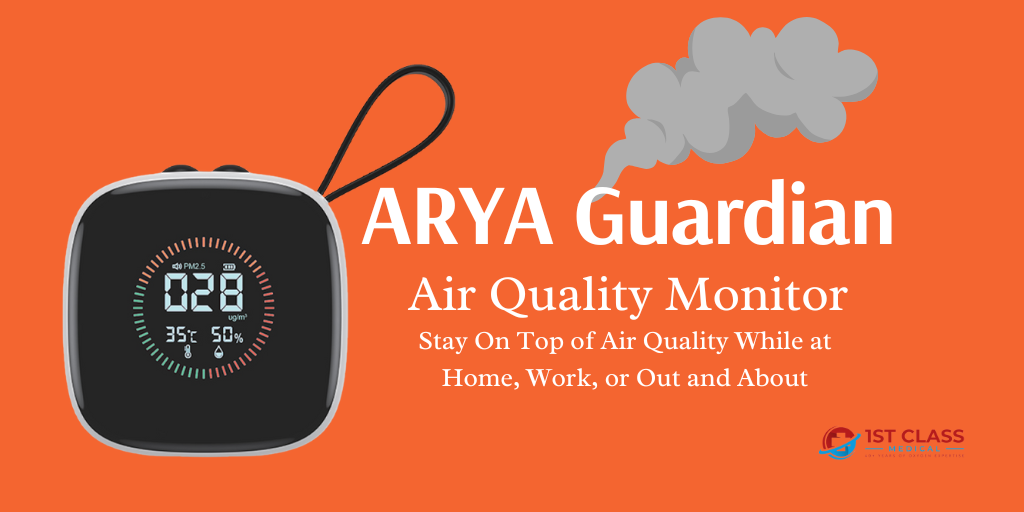


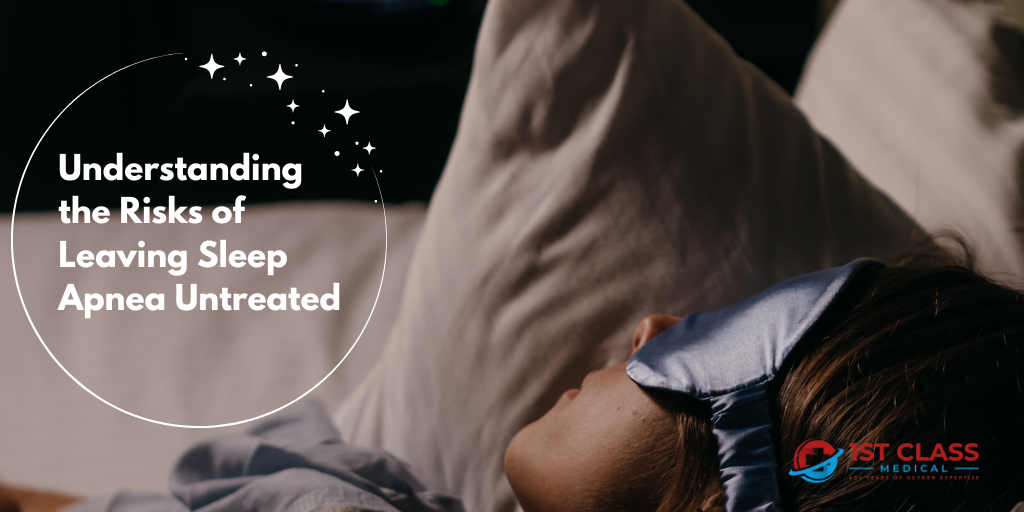
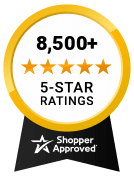

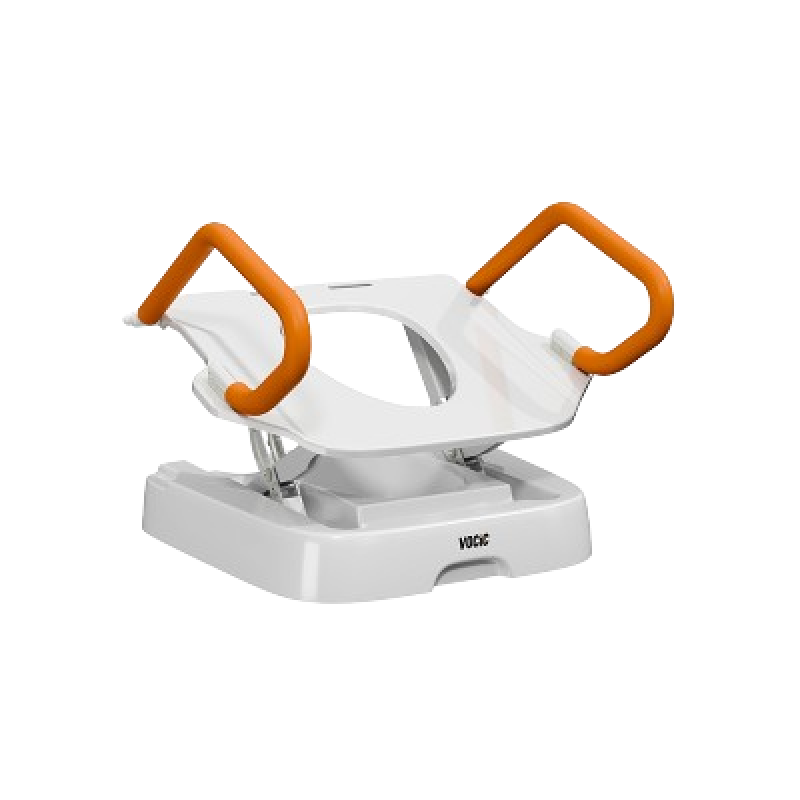
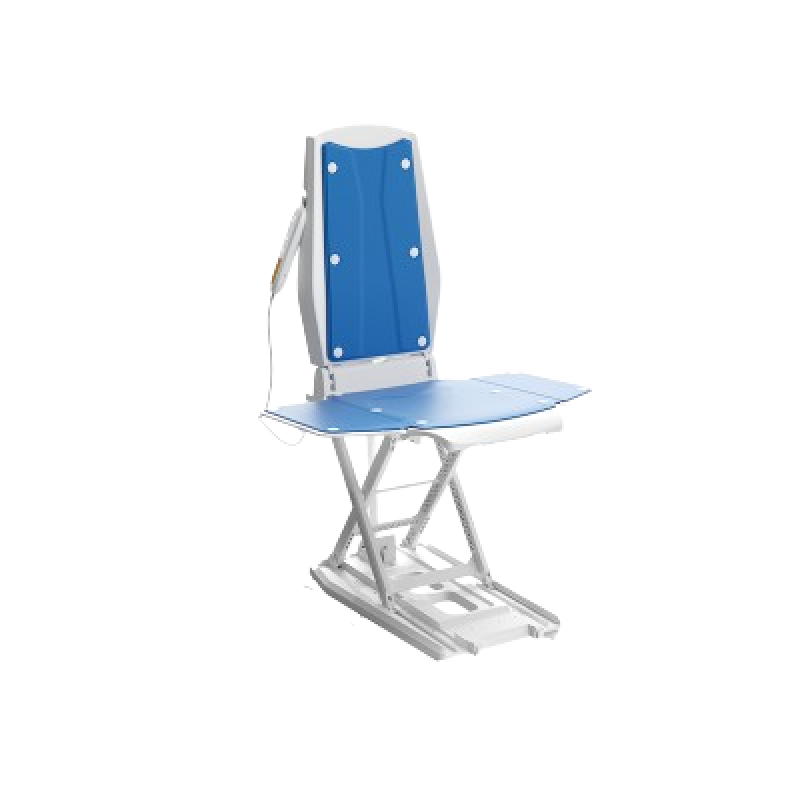
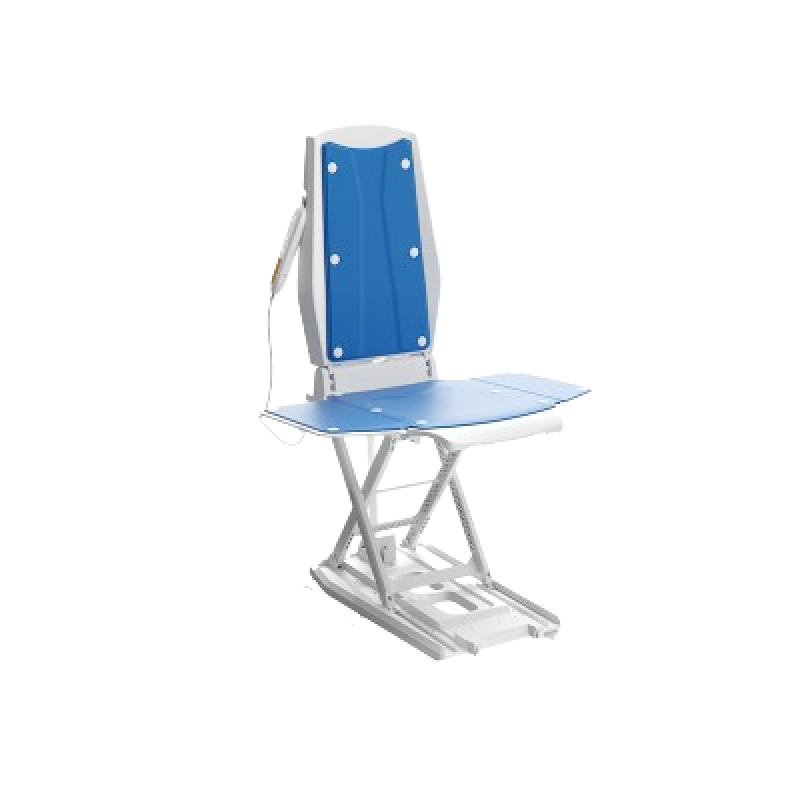
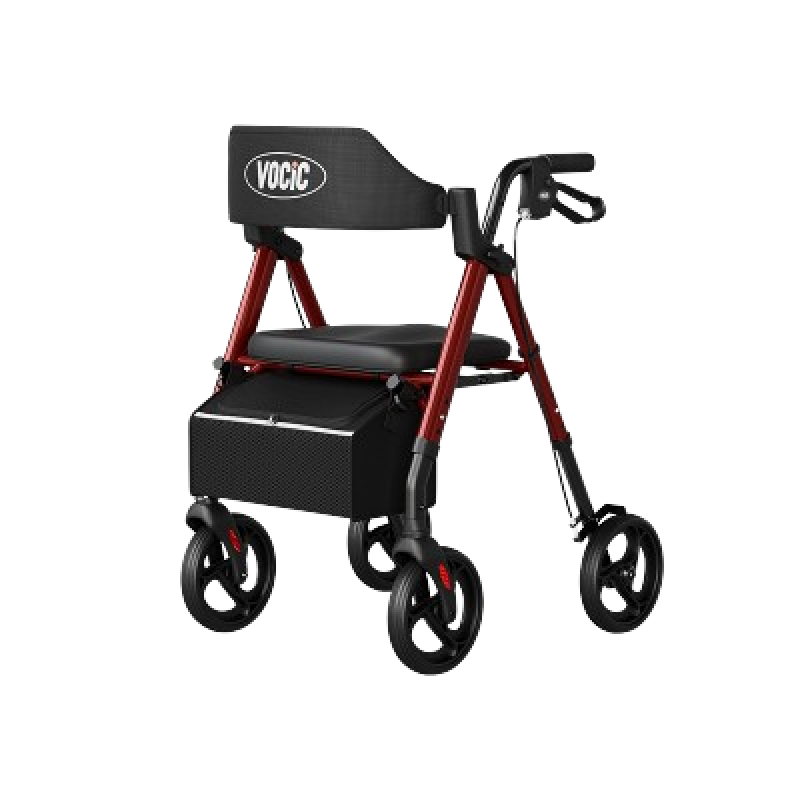
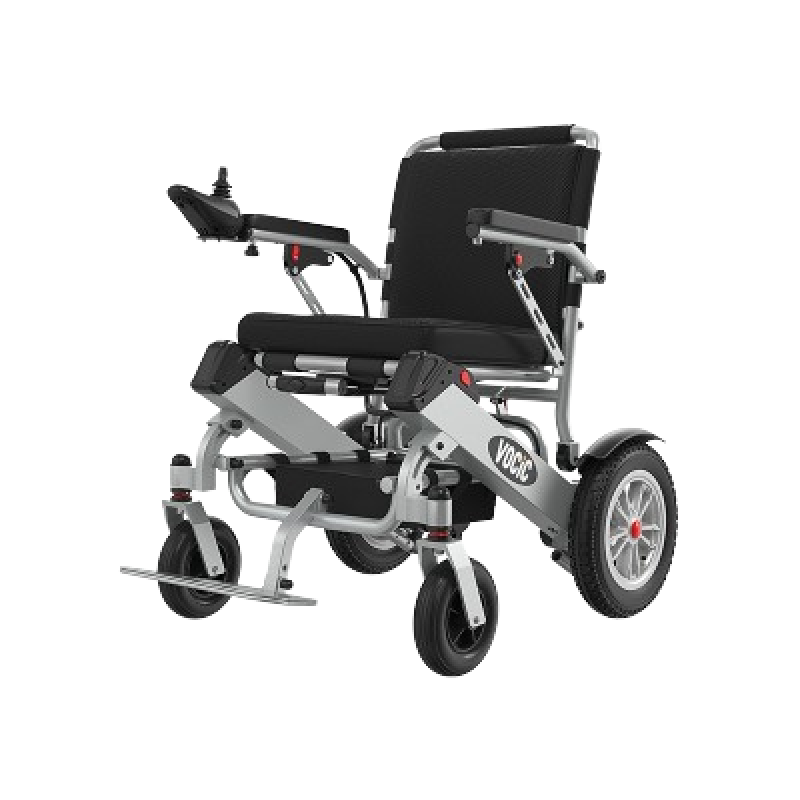


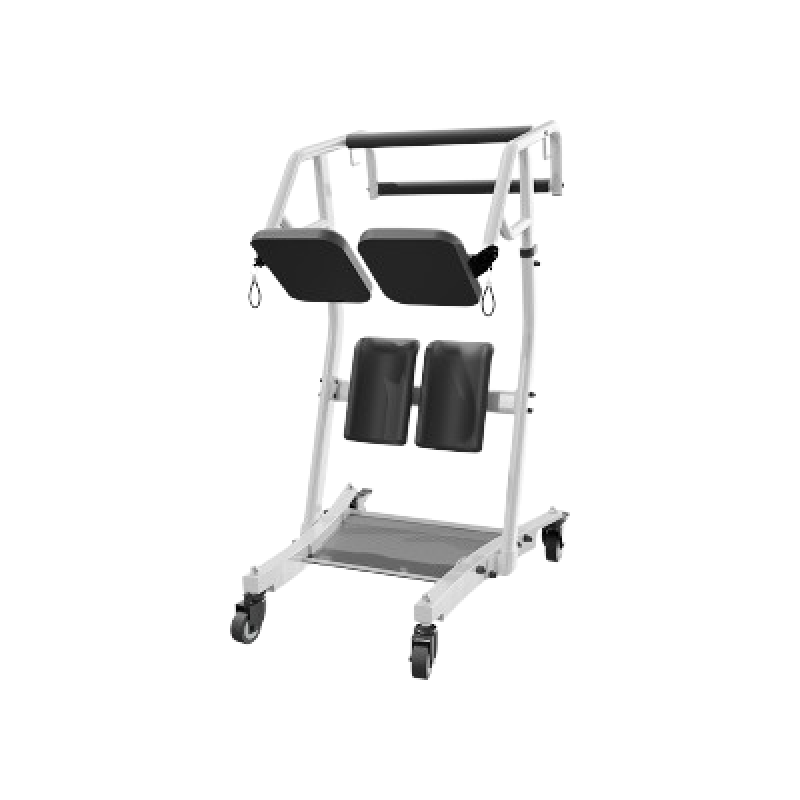
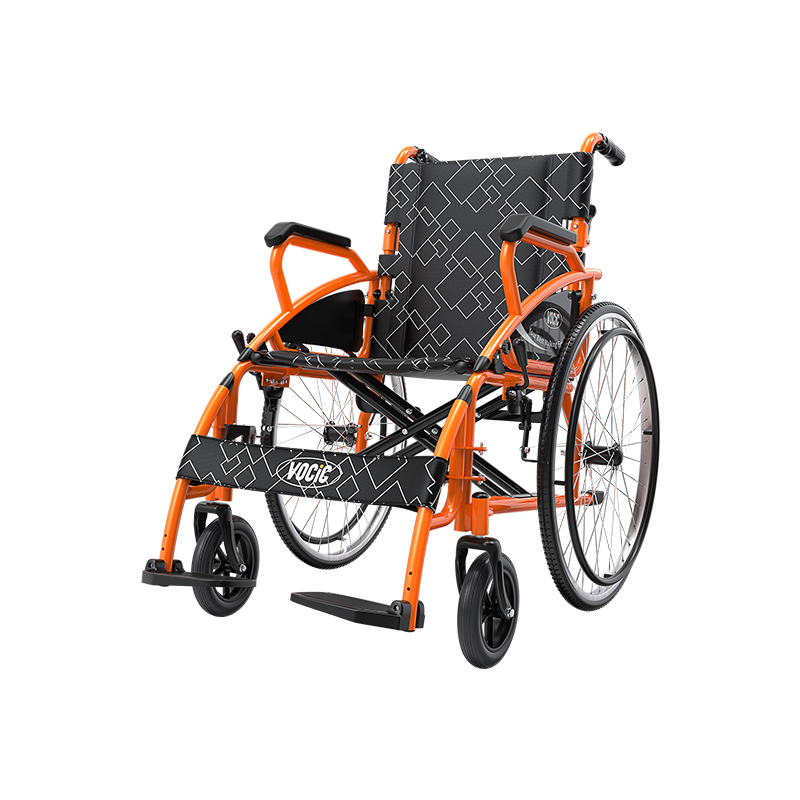

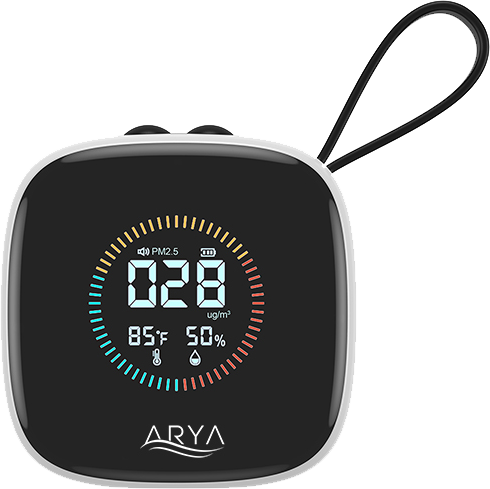
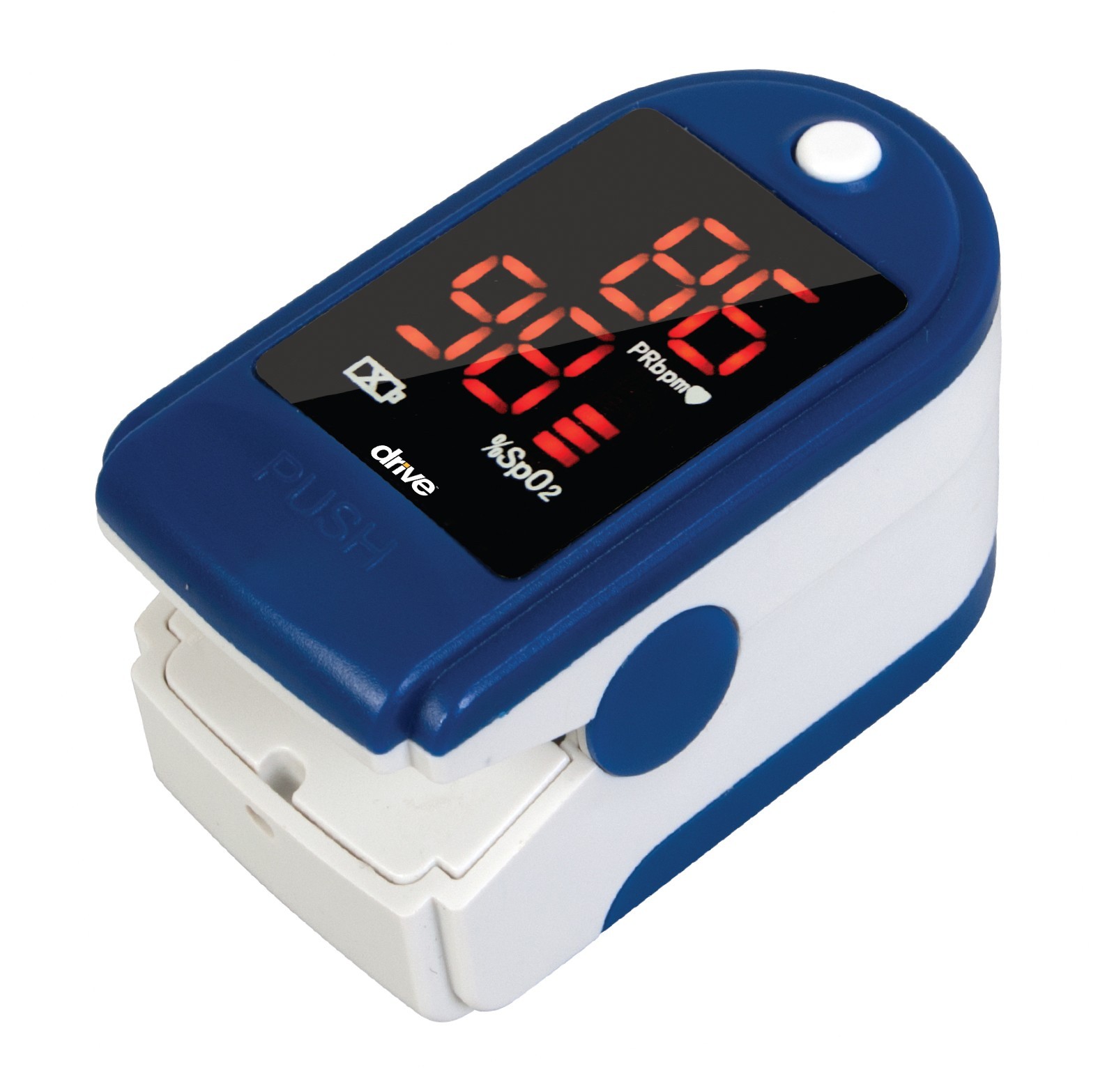

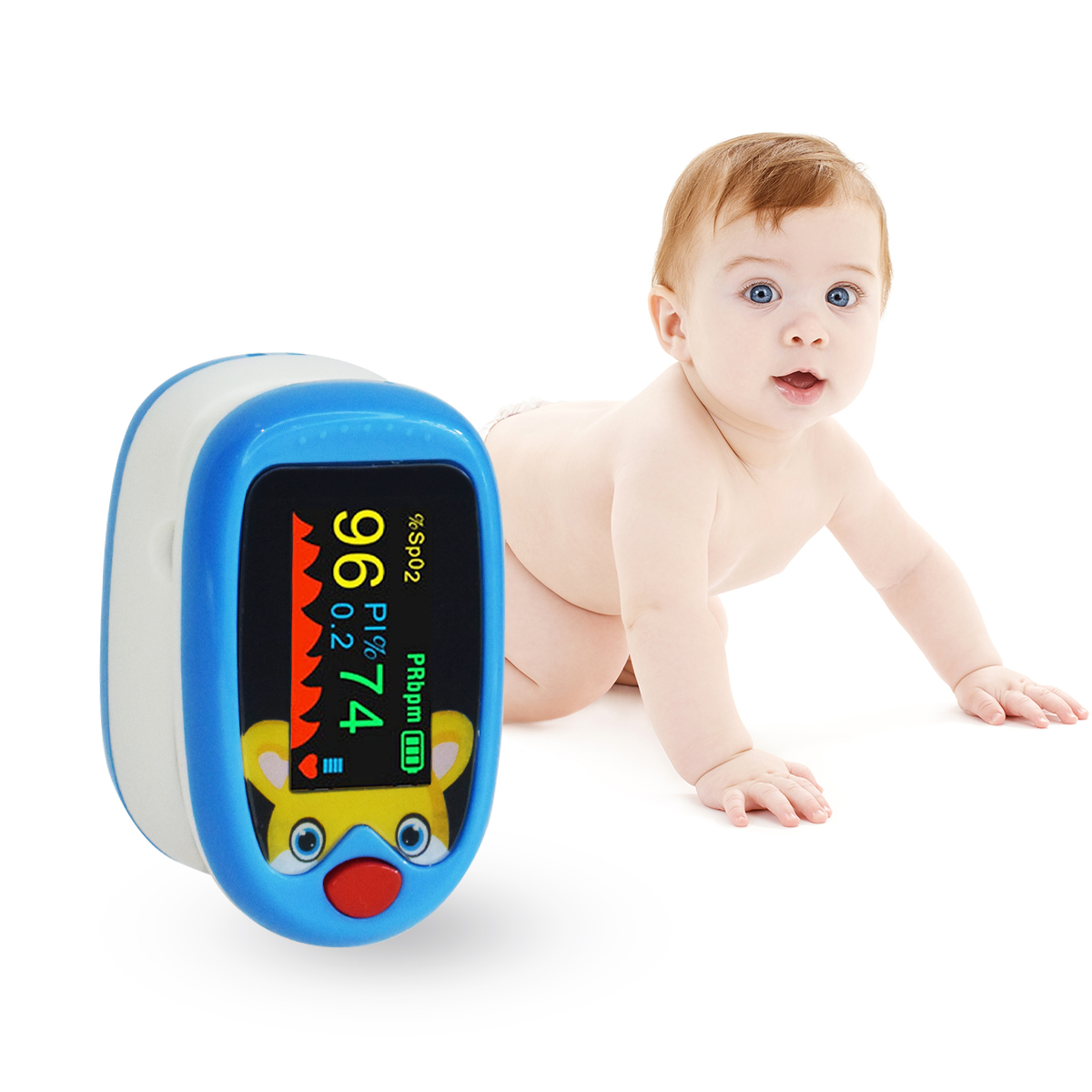
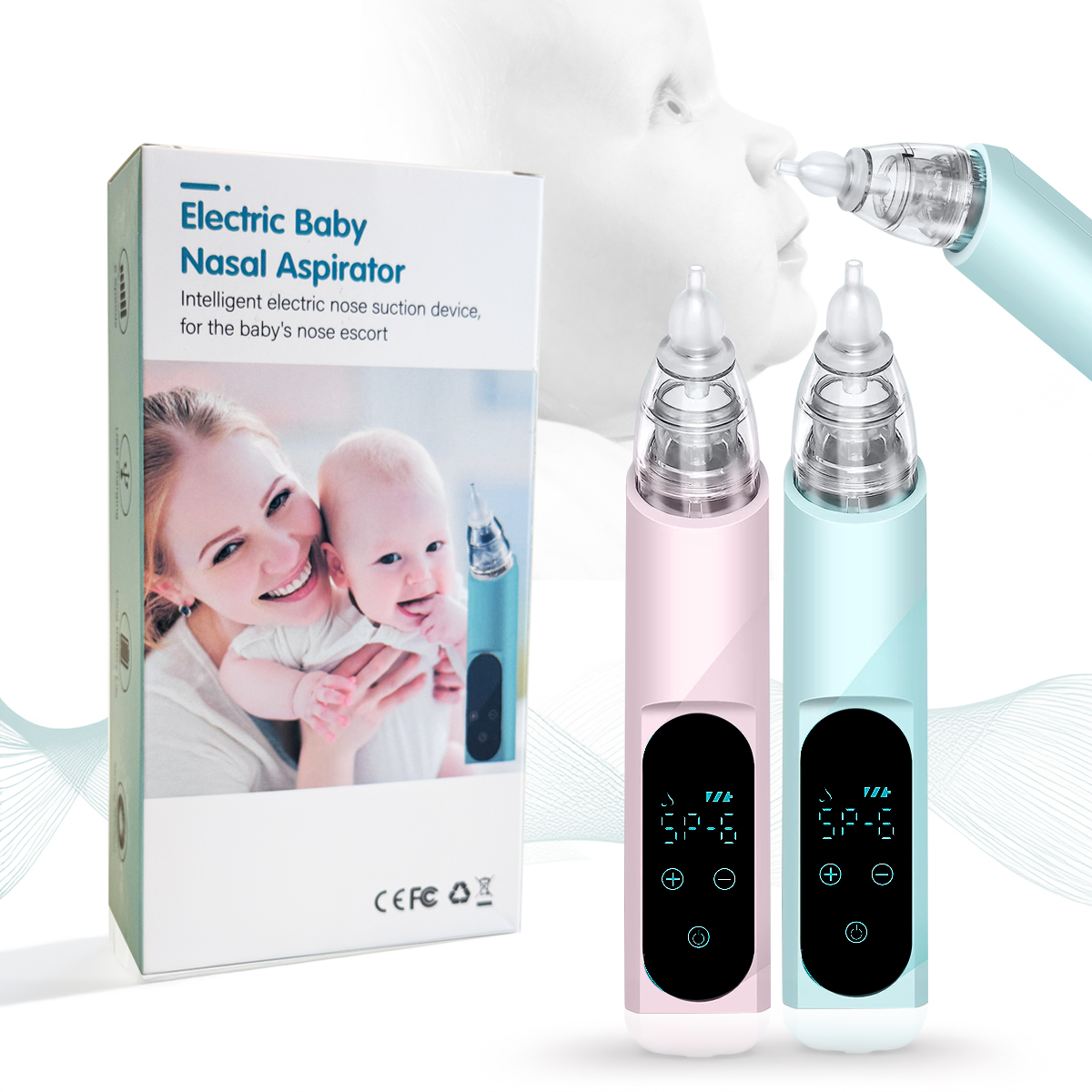
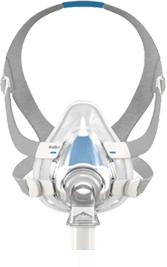
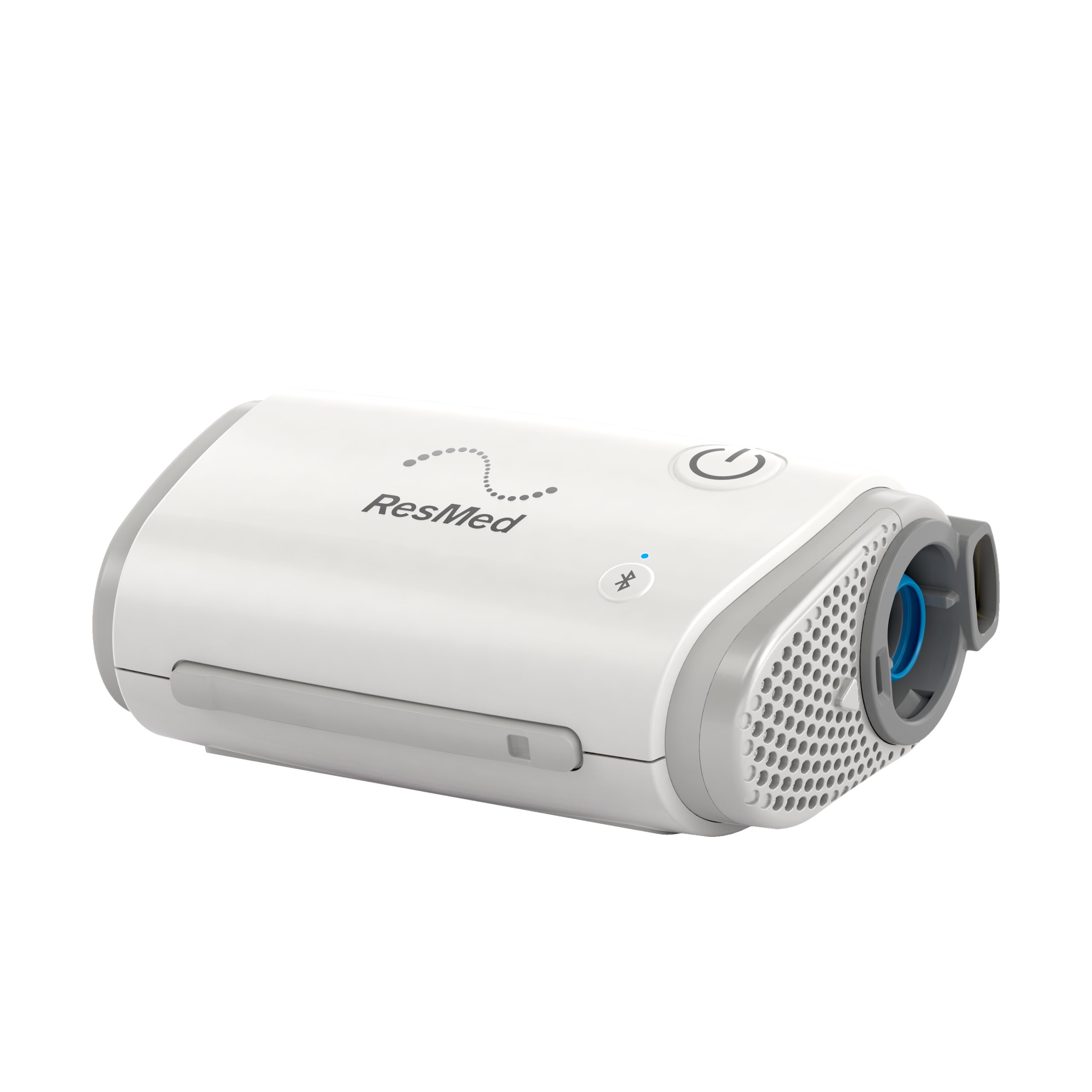
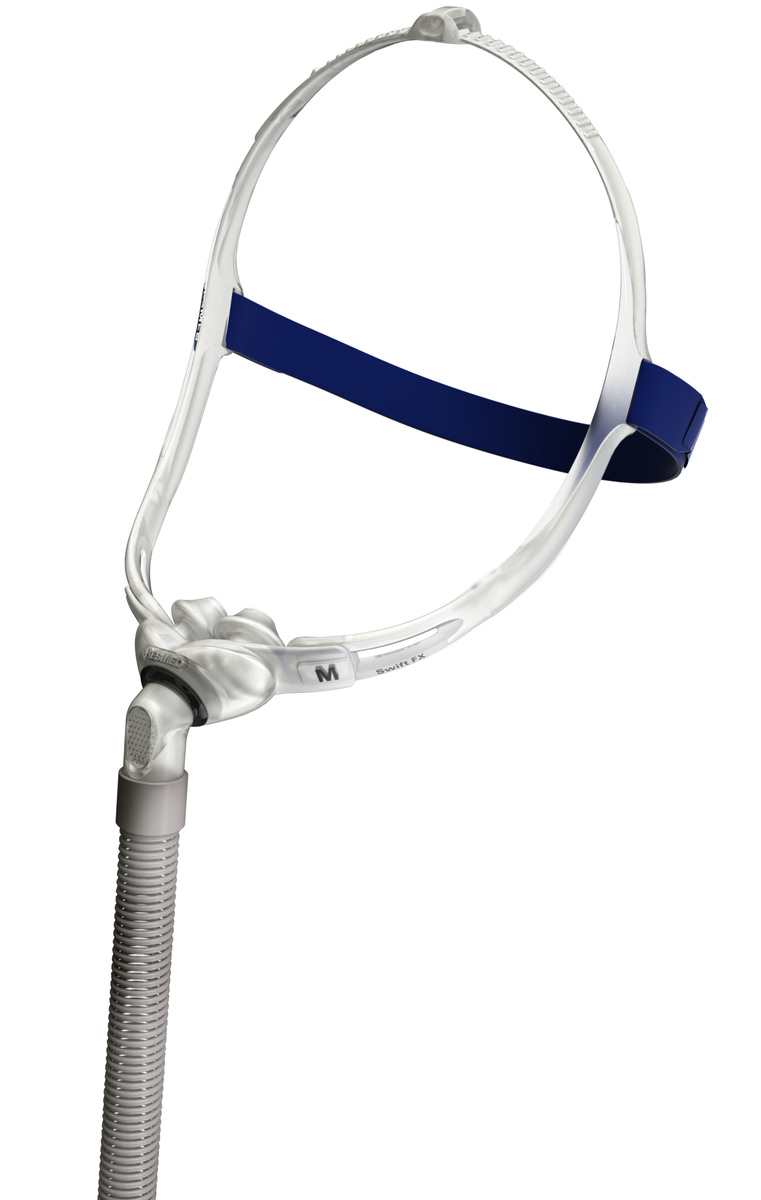
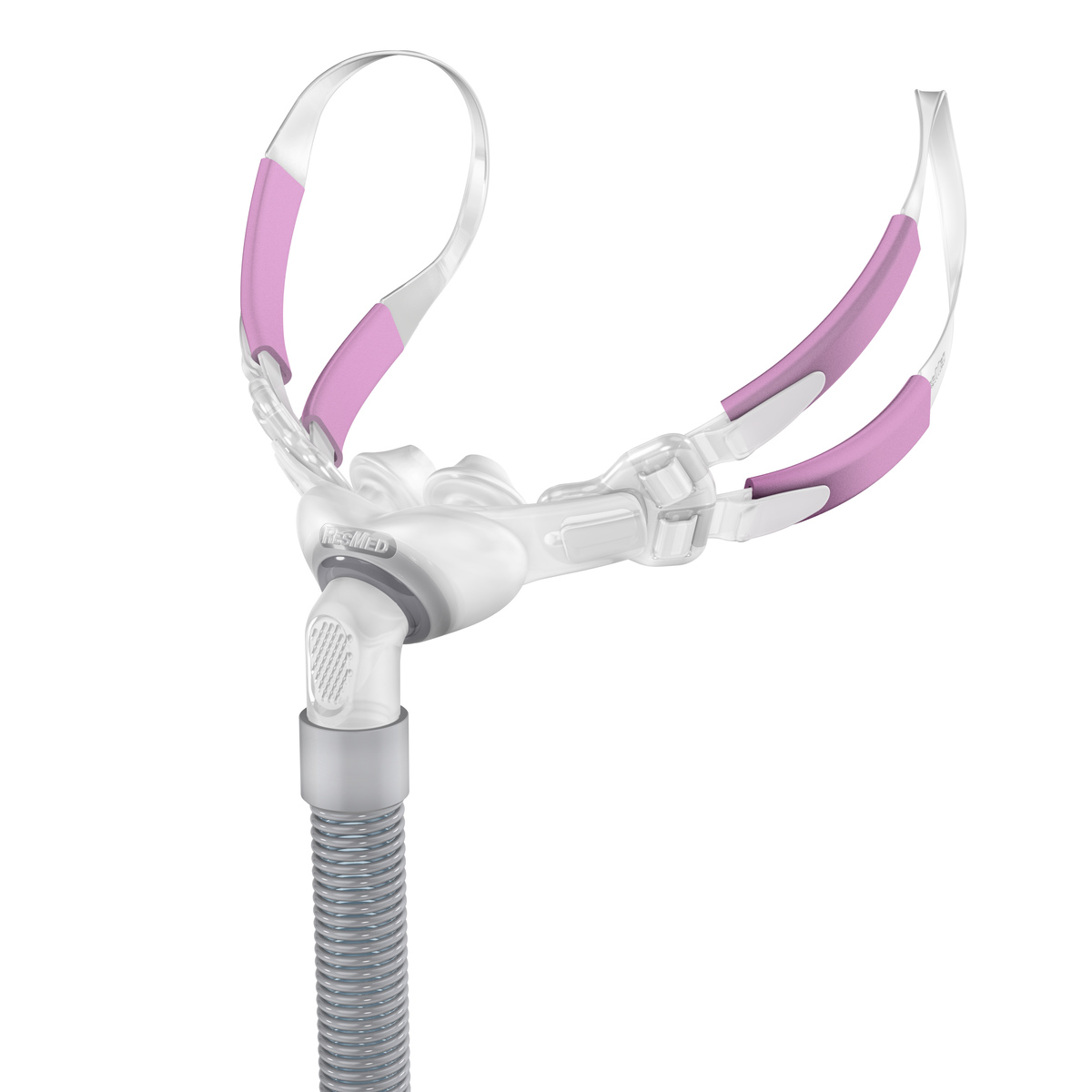
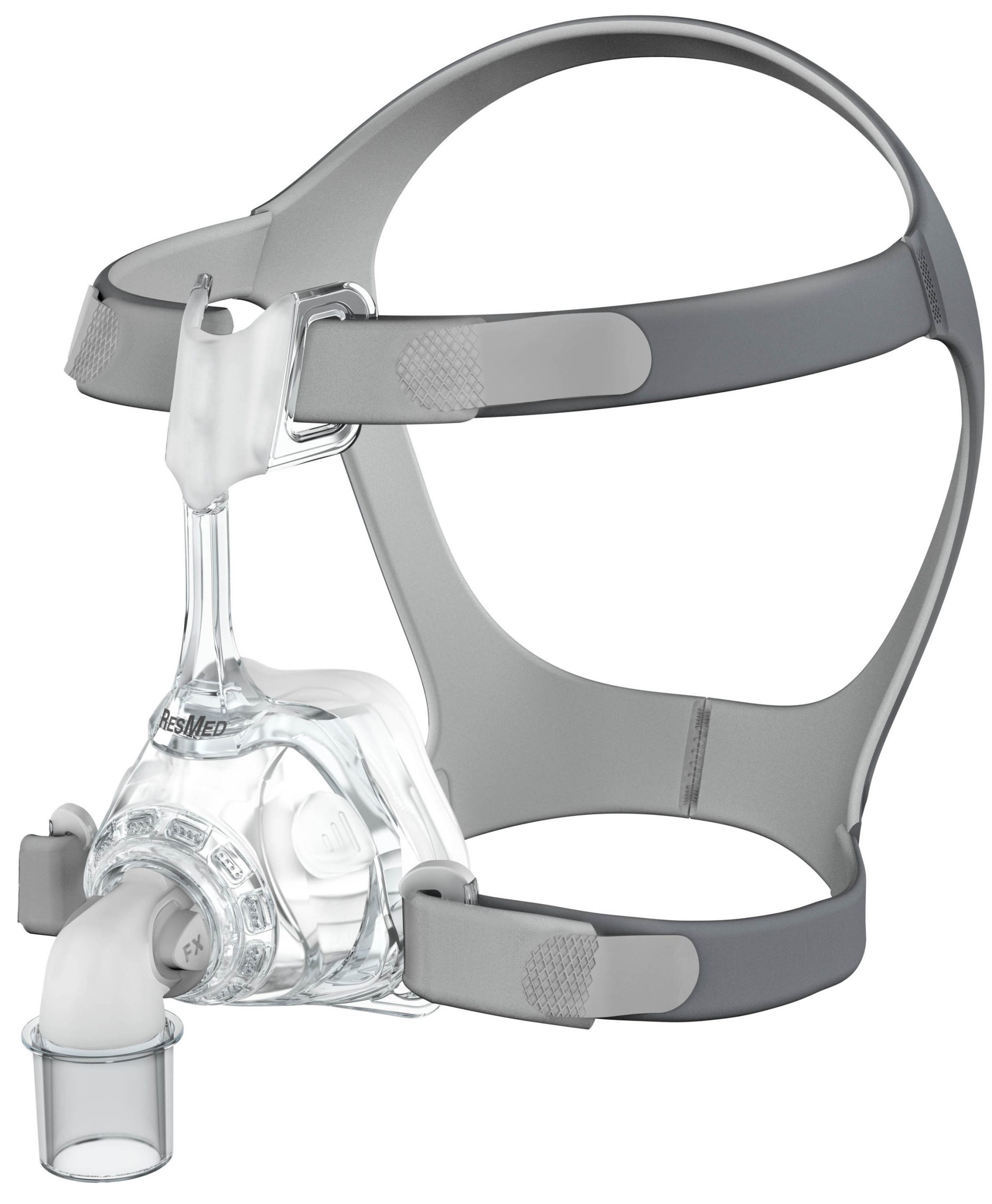
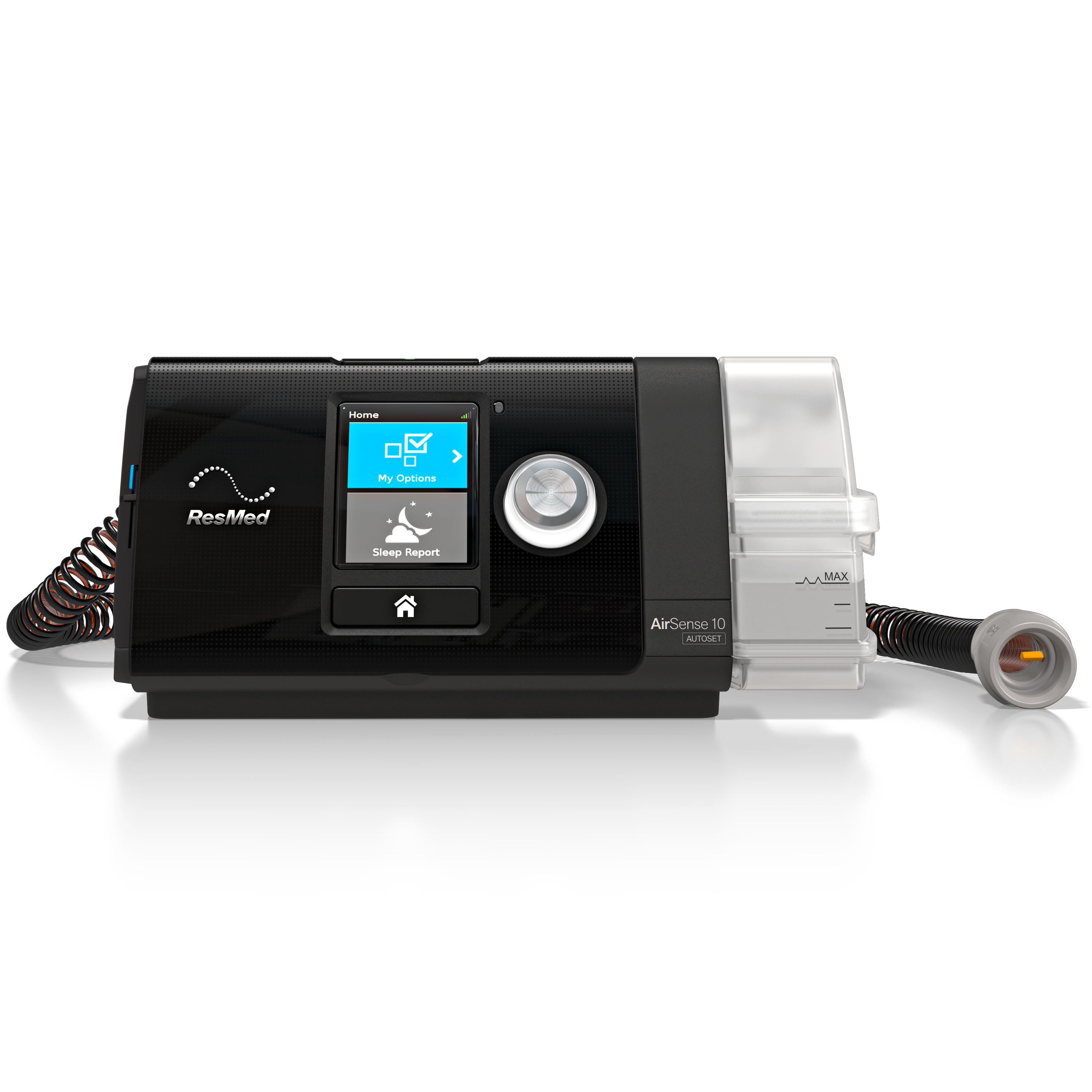
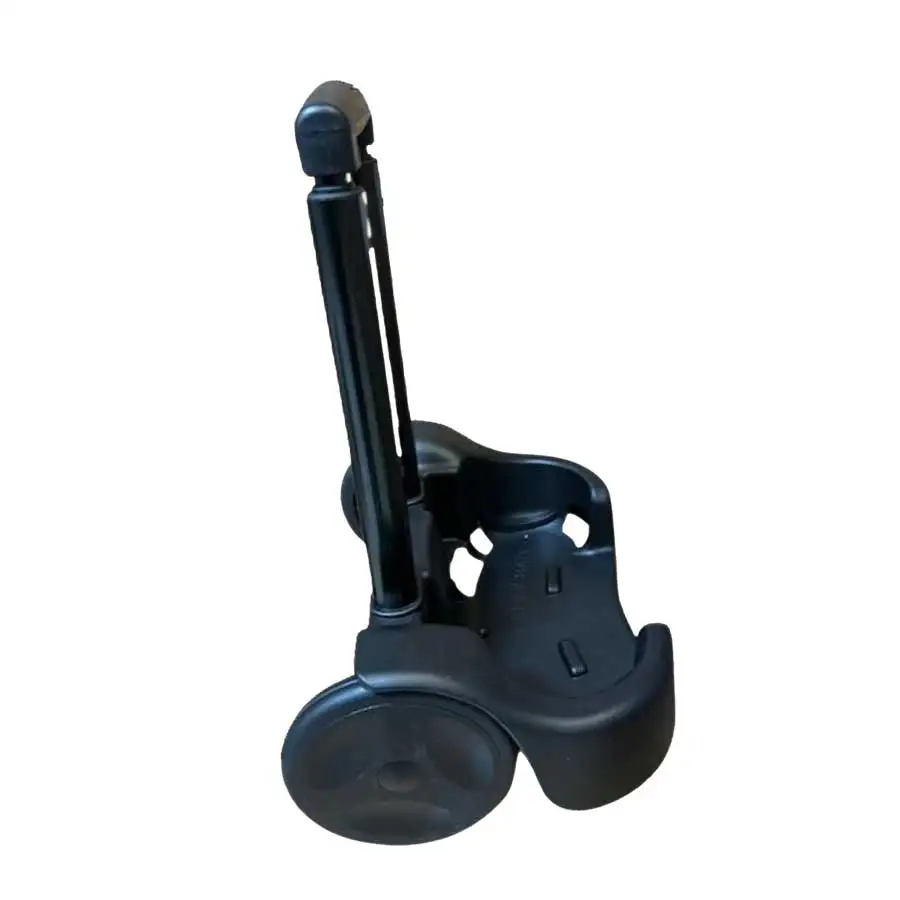
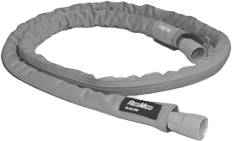
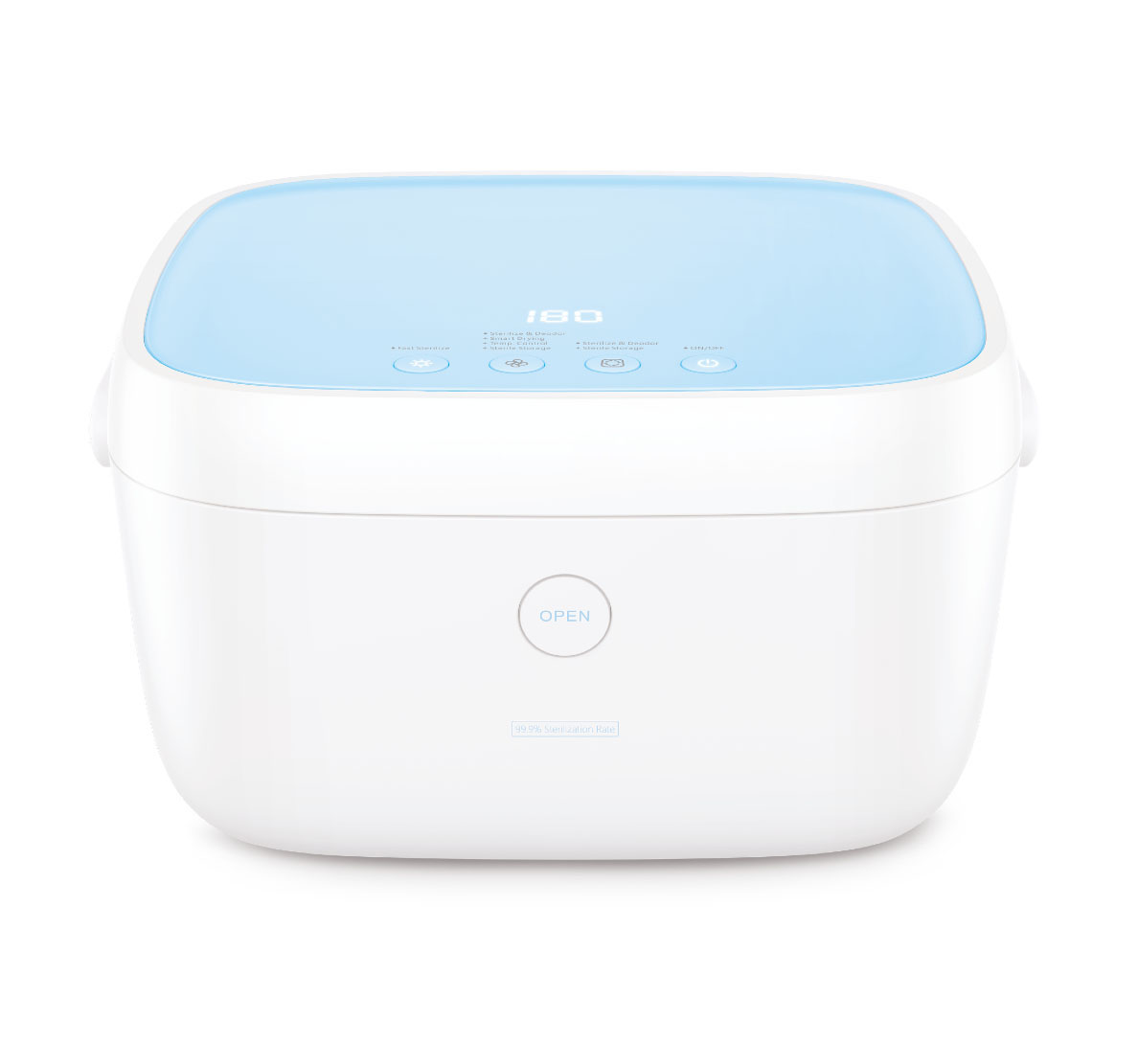
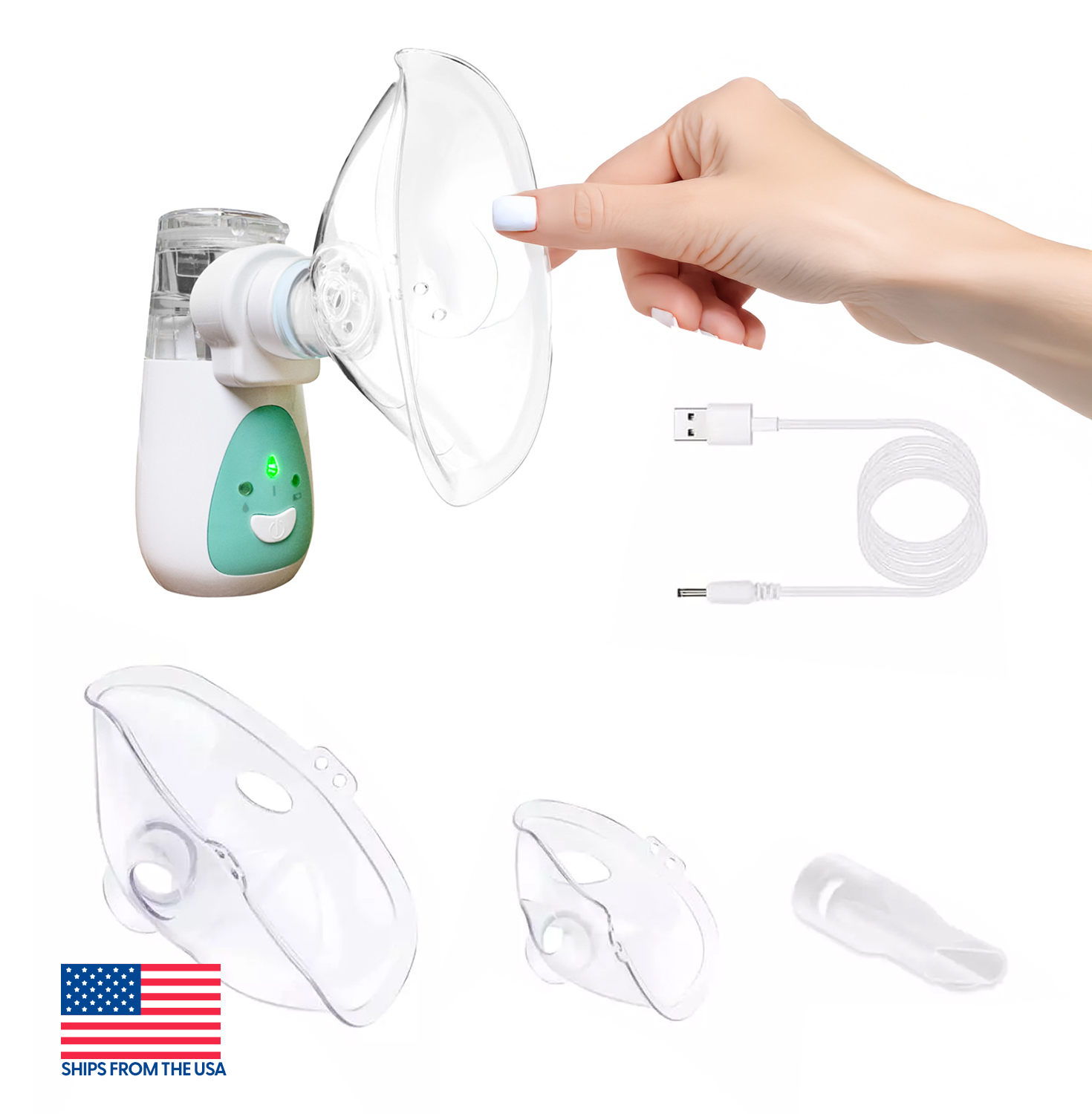
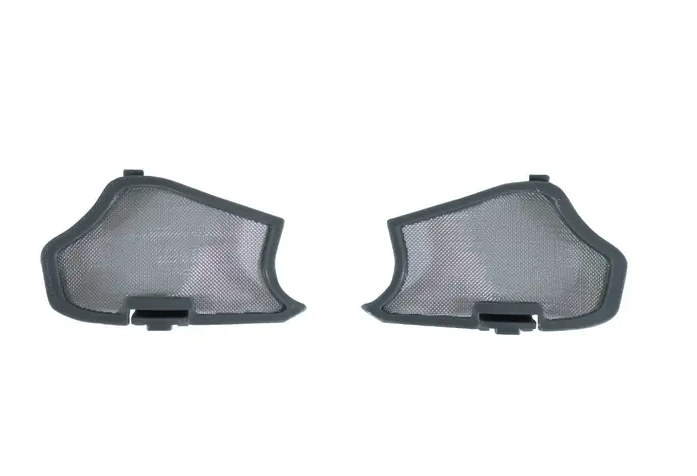

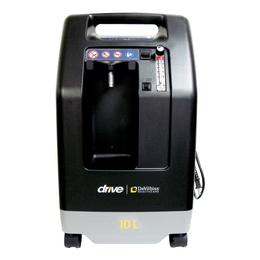
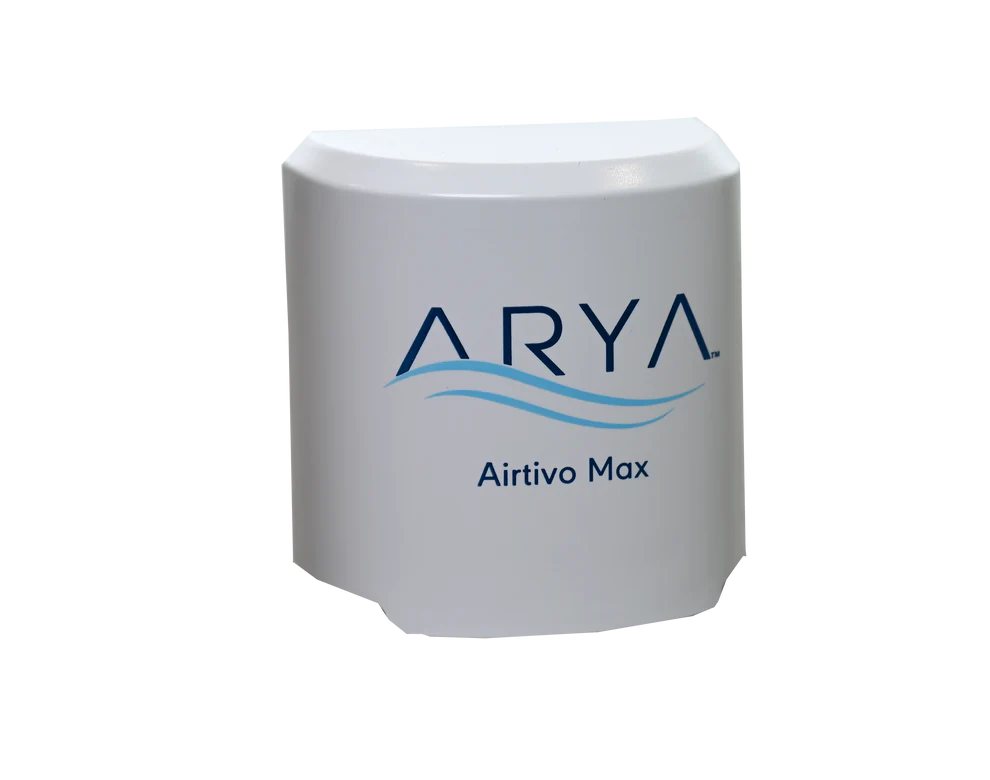
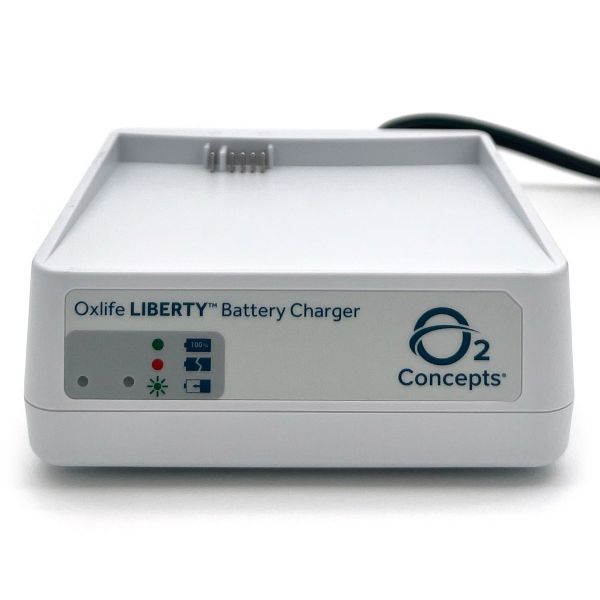
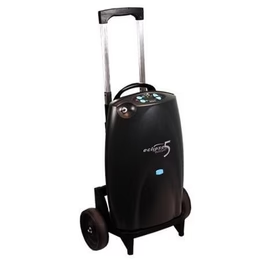
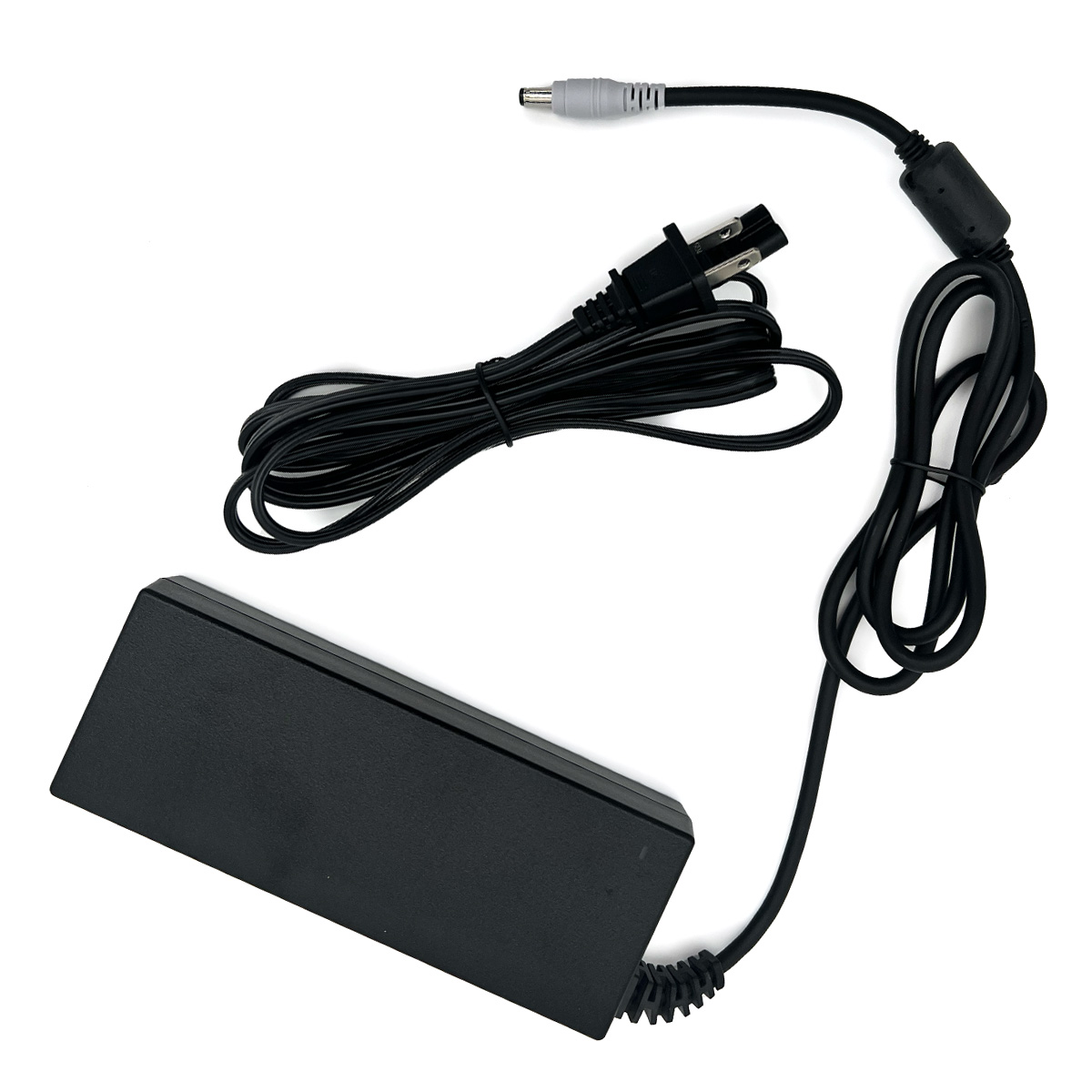
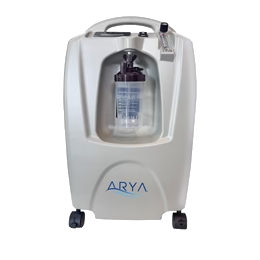
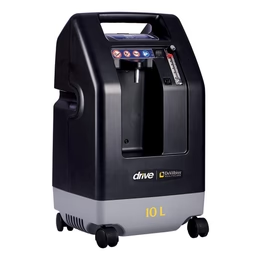
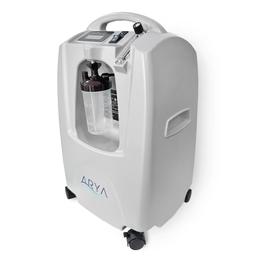
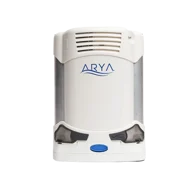
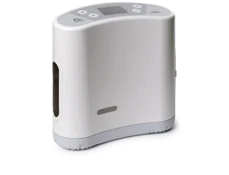
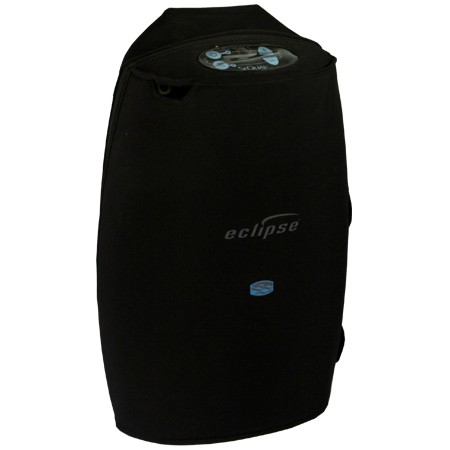
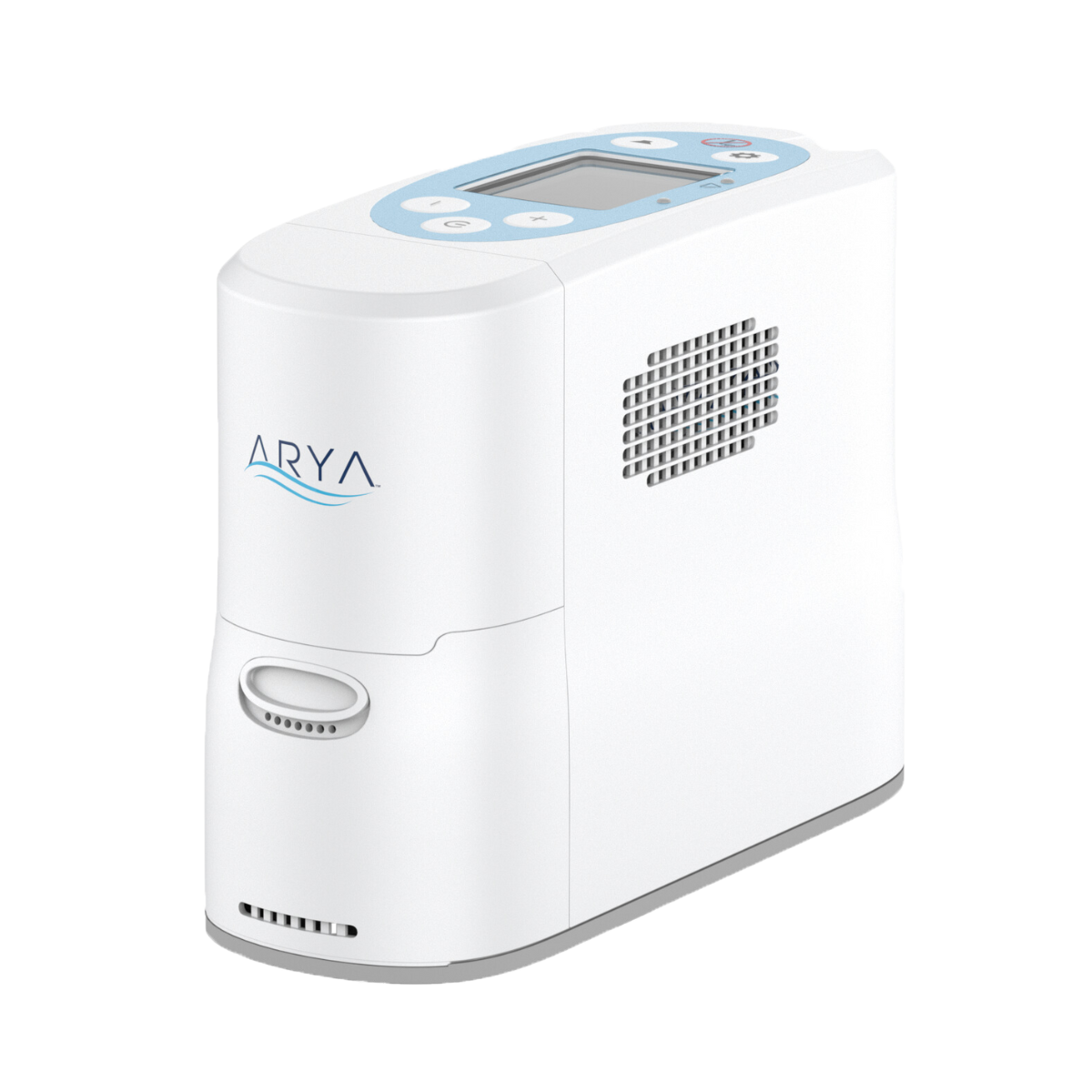
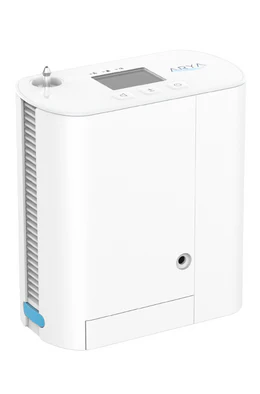
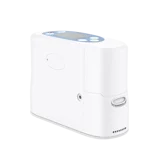
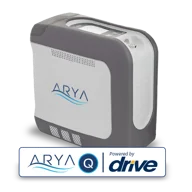
Comments are closed